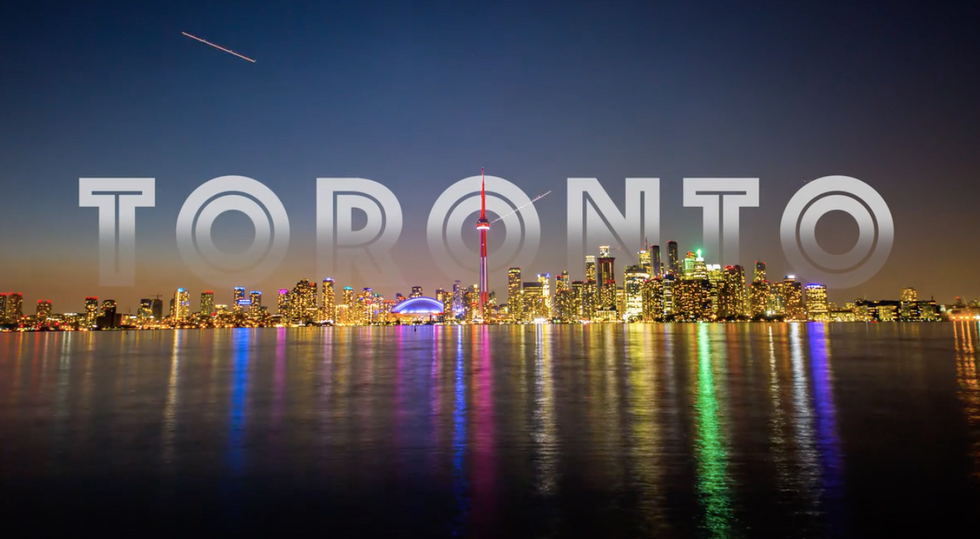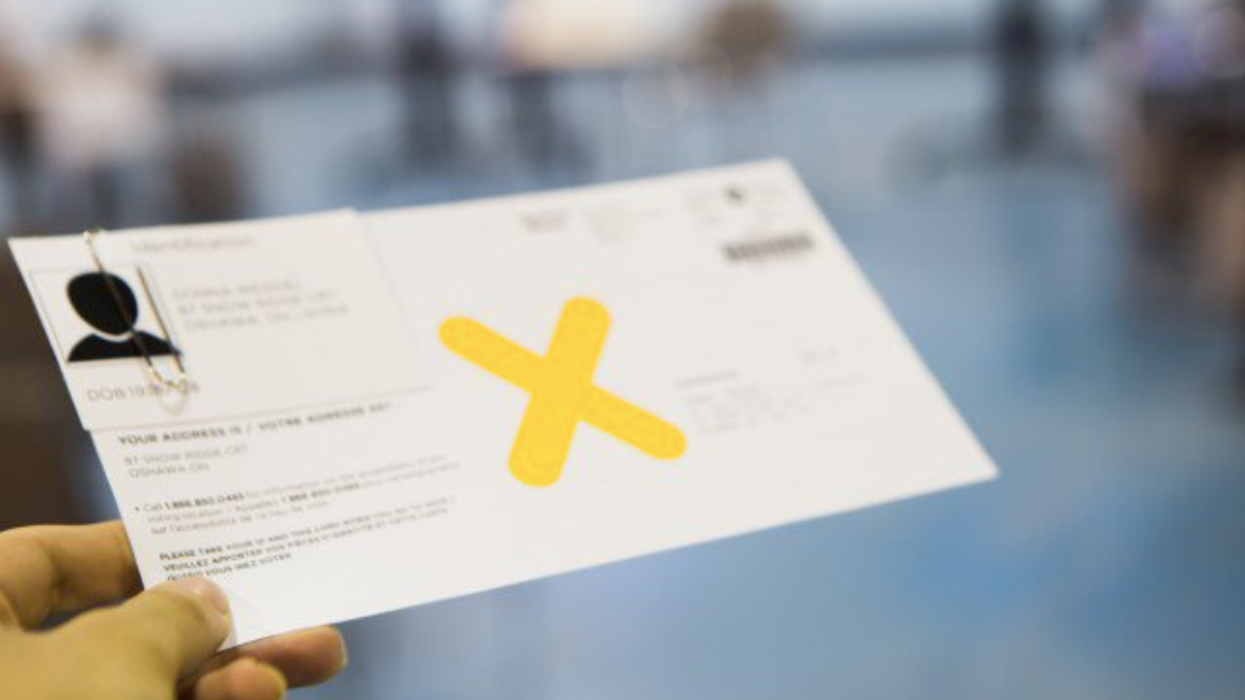
Ontario voters are certainly talking about it and political leaders say they have a plan.
Housing — ranging from the high cost of buying a home to skyrocketing rent to lack of affordable units — is a key piece in the 2018 provincial election campaign as it heads into the final two-week stretch. Election day is June 7.
While the plans put forward by Liberal leader Kathleen Wynne, the NDP’s Andrea Horwath, the Tory’s Doug Ford and Green Party Leader Mike Schreiner may differ in complexity, they all agree something has to change.
“People work hard to provide for their families. They should be able to rent or enter the real estate market without making great sacrifices or taking on a huge amount of risk,” Wynne states.
“At the same time, we recognize the need to protect the significant investment homeowners have made. This plan balances those needs to stabilize the market and prevent a sharp correction that would be harmful to everyone.”
The Liberal plan — which piggybacks on the Fair Housing Plan passed in 2017 — calls for increasing the supply of housing, protecting renters and real estate consumers, and bring stability to the real estate market.
The 16-point Fair Housing Plan introduced a 15-per-cent tax for foreign buyers, expanded rent control to all private rental units — including those built after 1991 — created a $125-million, five-year program to encourage construction of new rental apartment buildings by rebating a portion of the development charges, made available more provincial land available for housing, and more.
Details of the Liberal plan include:
- Investing more than $1 billion a year in affordable housing.
- $547 million over five years for repairs and retrofits that will help support the energy efficiency and long?term sustainability of social housing.
- Earlier this year, Ontario signed a 10-year bilateral agreement with Ottawa as part of the National Housing Strategy. This agreement will invest more than $4.2 billion to protect, renew and expand social and community housing, and support housing repair, construction, and affordability.
The Grits say Ford’s approach to housing is to pave over the Greenbelt and give land to their rich developer friends and claims the NDP’s plan is uncosted and assumes that 20,000 affordable housing units will come out of thin air.
Even before the official campaign got started, newbie Conservative Leader Doug Ford wandered into the Greenbelt and stepped into a political bog.
He did manage to extricate himself. But it wasn’t a shining moment for Ford from a couple of angles — from environmental and housing points of view.
In a web video shot in February and offered up by the Liberal government, Ford rightly talks about the need for more housing, but then says in order to meet the need he would open up a great swath of the protected Greenbelt for housing development. And then concedes that the idea came from “some of the biggest developers in this country.”
And then the bog mud hit the fan.
This was the first public admission of such a controversial plan.
A little background here: The then-Premier Dalton McGuinty Liberal government established by legislation the 800,000-hectare Golden Horseshoe Greenbelt protected area. It stretched from Niagara to Port Hope and north along the Niagara Escarpment. The goal was to limit urban sprawl and preserve watersheds and prime agricultural lands.
While Ford tried his best for a day to stickhandle around the outrage, he eventually threw up his hands, said he listened to the people and would not touch the green belt.
In an email statement, Ford told Toronto Storeys the fact remains there is a housing affordability crisis in Ontario, and it happened under Kathleen Wynne and the Liberals' watch.
“Home ownership shouldn't be a distant dream to young Ontario families,” says Ford, adding that a Tory government would address housing affordability by increasing housing supply and cutting red tape, which developers complain is the biggest hurdle to getting a housing development approved.
As for renters, the Tories are prepared to maintain the status quo when it comes to rent control protections.
Horwath, who is flirting with first place in the election campaign, blames both the Liberals and Progressive Conservatives for letting housing cost spiral out of control.
The NDP plan, which is short of dollar details, pulls at the heartstrings a bit. It says that a home is the foundation for a “good life.”
“It should be affordable, in an area with the services you need, warm, safe and it should feel like home. And at its most basic level, housing is a human right. But for families throughout much of Ontario, owning a home they can afford remains a dream, while renting is painfully expensive,” the election plan states.
“While Conservatives and Liberals sat idle, housing costs spiralled out of control, speculators made fortunes, and too many families had to put their hopes on hold. Our goal will be to ensure every Ontarian can access safe, affordable housing. Whether a family wants to rent or own; live in a house, an apartment, a condominium or a co-op, they should have affordable options.”
Details of the NDP plan include:
- Build 65,000 affordable homes over the next decade.
- Create a new Residents’ Rights Act so homeowners can add legal apartments, laneway houses and ‘granny flats’ to their properties.
- Housing Speculation surtax on foreign and domestic speculators who don’t pay taxes in Ontario. Non-Ontario residents who own homes in regions where Ontario’s Non-Resident Speculation
- Tax (NRST) currently applied will see a new annual tax of $5 per $1,000 of assessed value, rising to $20 per $1,000 of assessed value in 2019, matching British Columbia’s schedule.
- Make rentals more affordable by introducing legislation providing “effective, reasonable, predictable” rent controls that limit the use of the above guideline increases to “renovict” people from their homes.
- Guarantees rents will remain affordable in the long-term, while encouraging investments in new, purpose-built rental buildings.
“Let's not forget the question about affordable housing," says Horwath, who chastised both Ford and Wynne during the first election debate.
Earlier this month in Etobicoke, the Green Party’s Schreiner announced a new housing plan that he says would put the needs of seniors, Millennials and families first.
“The dream of owning a home is getting further and further out of reach for many people in the GTHA and across the province,” he said in a statement.
“It’s time for transparent rules to ensure that everyone can afford to put a roof over their head. It starts with requiring that all new developments — whether they be condos, townhouses, apartments or subdivisions — have a minimum of 20 per cent affordable housing units,” he said.
The plan calls for working with municipalities to reform planning rules to support innovative solutions such as “tiny homes,” laneway housing, co-housing and secondary suites, all of which, the party maintains, are eagerly supported by young people looking to rent or buy their first home.
Among others things, the Green Party would invest an additional $200 million in funding for shelters, social, co-op and supportive housing.
“Everyone knows we have the most progressive environmental platform. But people are starting to realize that when it comes to tackling poverty and inequality, Greens are ready to take the bold steps that the status quo parties avoid,” Schreiner says.
Editor's note: Toronto Storeys reached out to the NDP for a quote from Andrea Horwath, but as of the time of publishing did not receive a quote from her.





















